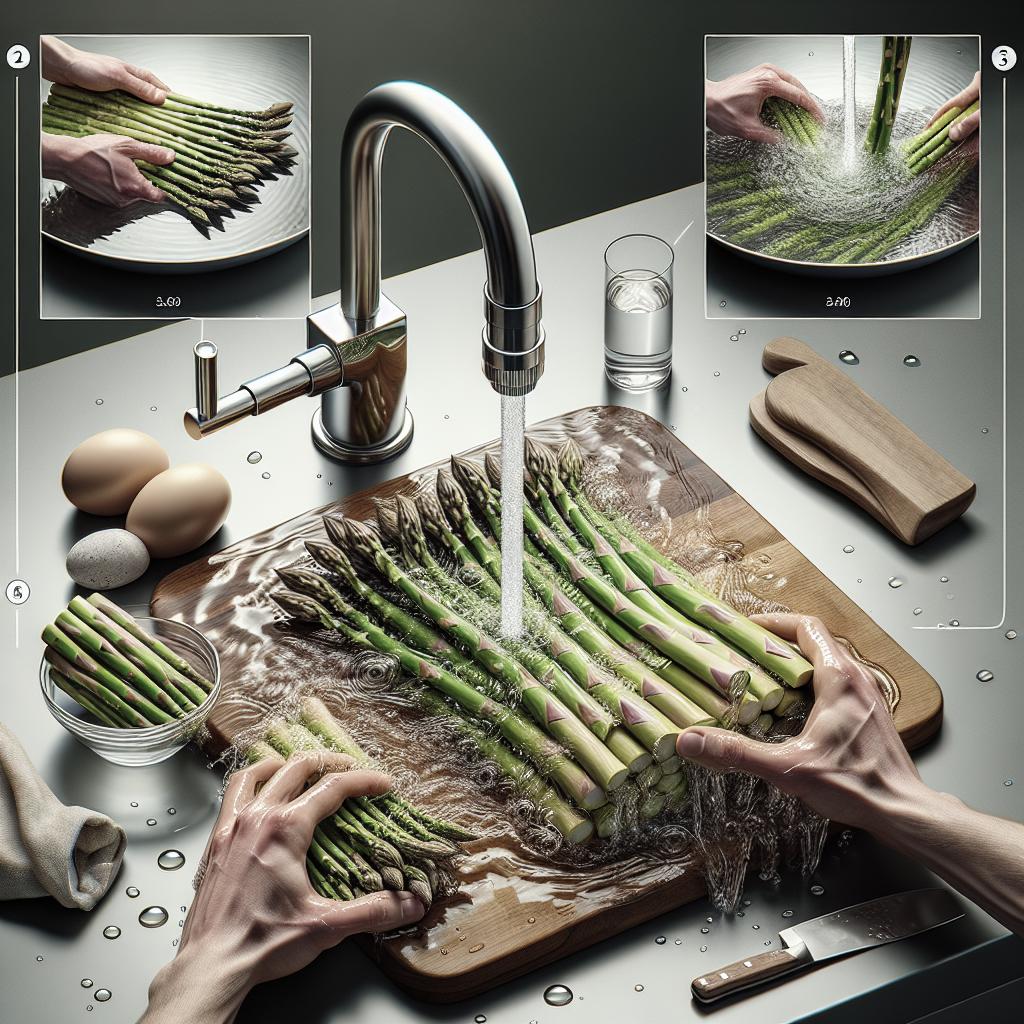Pork is a beloved protein around the world, but figuring out when it’s properly cooked can be a culinary challenge. In this detailed guide, we’ll explore several methods to determine if your pork is done to perfection. From color cues to internal temperatures, we’ve got you covered. We’ll also bust some myths about pink pork and offer some enticing recipes to try once you’re confident in your cooking skills. And, don’t forget to join the conversation and share your experiences in the comments section below.
First, the “YES” Answer
For years, cooking pork was straightforward: the meat turned from pink to a grayish-white, signaling it was safe to eat. If you’re following those age-old family recipes, they likely instructed you to cook pork until all traces of pink disappeared. However, with modern cooking techniques and better understanding of food safety, we’ve learned that there’s more nuance to ensuring pork is properly cooked.
The ideal internal temperature for cooked pork, according to the USDA, is 145°F (63°C) followed by a three-minute rest period. When using a meat thermometer, insert it into the thickest portion of the meat without touching bone, as this can give a false reading. This method provides the most accurate answer to the “YES” question: Is my pork cooked?
But then again, sometimes “NO” is the Right Answer
Modern pork cooking standards have changed significantly. While the “fully white” pork might have been the norm in the past, today’s chefs and food experts suggest that a little pink can actually be perfectly acceptable and delicious. This shake-up in traditional knowledge mostly stems from improved pork farming practices, which have mitigated risks like trichinosis.
So, there are times when answering “NO,” your pork is not wholly white, doesn’t mean it’s undercooked. As long as the internal temperature has reached 145°F and the pork has rested for three minutes, you can be confident in its safety and enjoy more flavorful, juicy meat.
Hungry for More Detail?
Understanding the color changes in pork can also offer insight into its doneness. As pork cooks, its color transition from pink to white-gray is part of a natural chemistry process where proteins denature. However, this doesn’t happen uniformly throughout the meat, leading to some pinkish hues even in safely cooked pork.
Texture is another critical indicator. Properly cooked pork should be tender and slightly firm. If it feels overly soft or mushy, it might need more time. Conversely, if it’s tough and dry, you may have overcooked it. Always try to pair texture evaluation with internal temperature checks for the best results.
TALK “PINK PORK” TO ME
“Pink pork” might sound like a food safety nightmare from previous generations, but it’s actually a culinary trend among seasoned chefs and home cooks alike. The slight pinkness in a perfectly cooked piece of pork can indicate that it’s moist and flavorful. The key is ensuring it has reached the recommended temperature of 145°F and rested properly.
Breaking the stigma around “pink pork” opens up a world of culinary potential. Cooking pork to precisely 145°F and allowing it to rest ensures that harmful bacteria are eliminated while preserving flavor and juiciness. This means your pork can be savory and succulent without any safety concerns.
More Pork Thinking
Different cuts of pork require different cooking techniques and times. A pork loin, for instance, should be cooked carefully as it can dry out quickly, while a pork shoulder might need slow cooking to break down its tougher connective tissue. Understanding these nuances allows you to apply the right methods for each specific cut.
Brining, marinating, and seasoning also play vital roles in perfecting pork dishes. A well-brined pork chop will retain moisture better, resulting in a slack-pink interior that’s still fully cooked and safe. Exploring various flavors and preparations can elevate your pork-cooking game exponentially.
Favorite Pork Recipes
Ready to put your pork-cooking skills to the test? Why not start with a classic like Stuffed Pork Loin? This recipe involves a delectable herb stuffing rolled into the pork loin, locked in moisture and flavors as it roasts.
For something a little different, try Slow-cooked Pulled Pork. This dish allows you to cook the pork shoulder low and slow, resulting in tender, shred-ready meat perfect for sandwiches or atop a pile of mashed potatoes.
Join the Conversation!
Cooking pork to perfection is both an art and a science. What are your go-to techniques for ensuring it’s cooked just right? Do you have any secret family recipes or tips that make all the difference? Share your success stories, challenges, and questions in the comments section below.
Comments
User1: “I used to always overcook my pork, but learning about the proper internal temperature has changed everything!”
User2: “Loved this guide! Pink pork is my new favorite way to enjoy it. Moist and tasty, just as described.”
User3: “Stuffed Pork Loin came out amazing! My kids couldn’t get enough. Thanks for the recipe tip!”
| Section | Key Points |
|---|---|
| First, the “YES” Answer | Pork should be cooked to 145°F; use a meat thermometer. |
| But then again, sometimes “NO” is the Right Answer | A slight pink hue in pork can be safe and flavorful. |
| Hungry for More Detail? | Pork’s color and texture are important indicators of doneness. |
| TALK “PINK PORK” TO ME | “Pink pork” at 145°F is safe and more succulent. |
| More Pork Thinking | Different cuts and cooking methods enhance pork dishes. |
| Favorite Pork Recipes | Try Stuffed Pork Loin and Slow-cooked Pulled Pork. |


